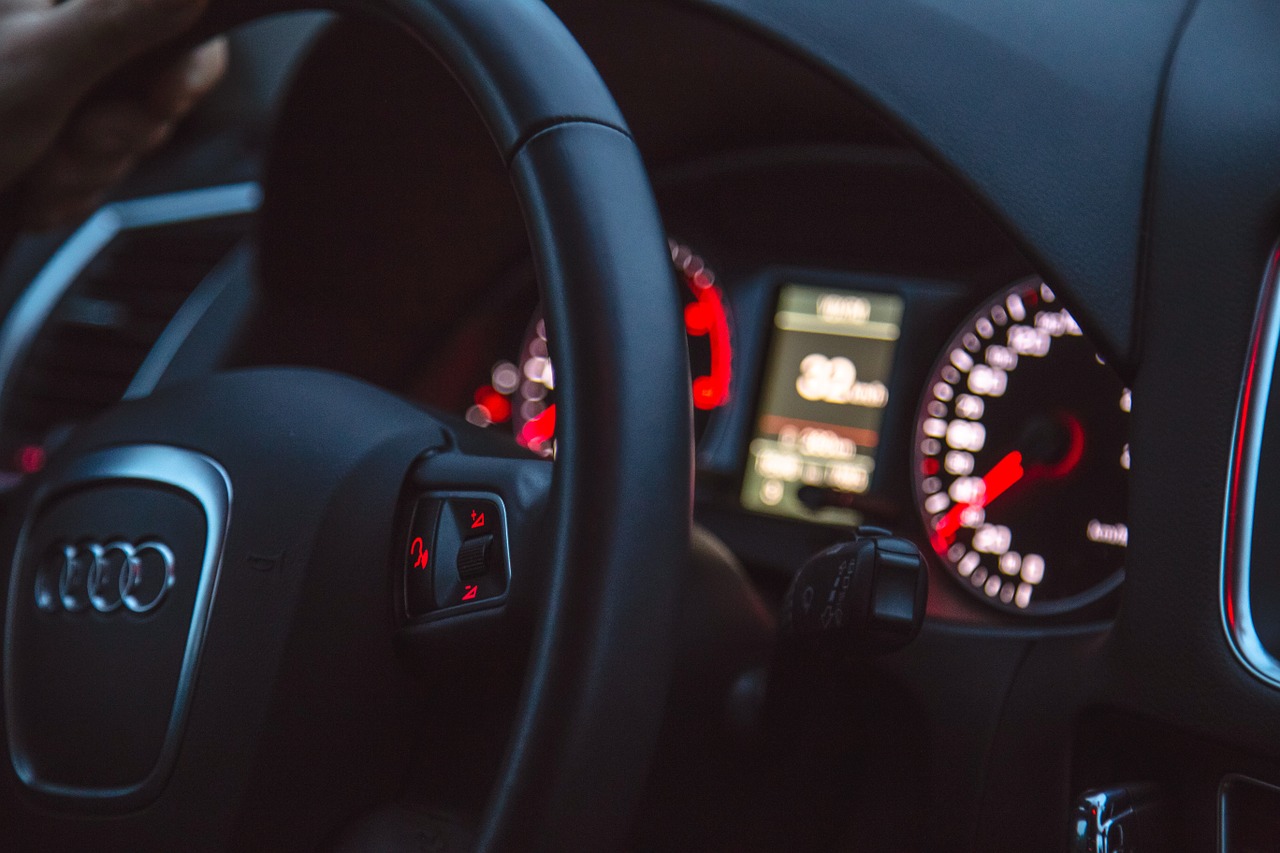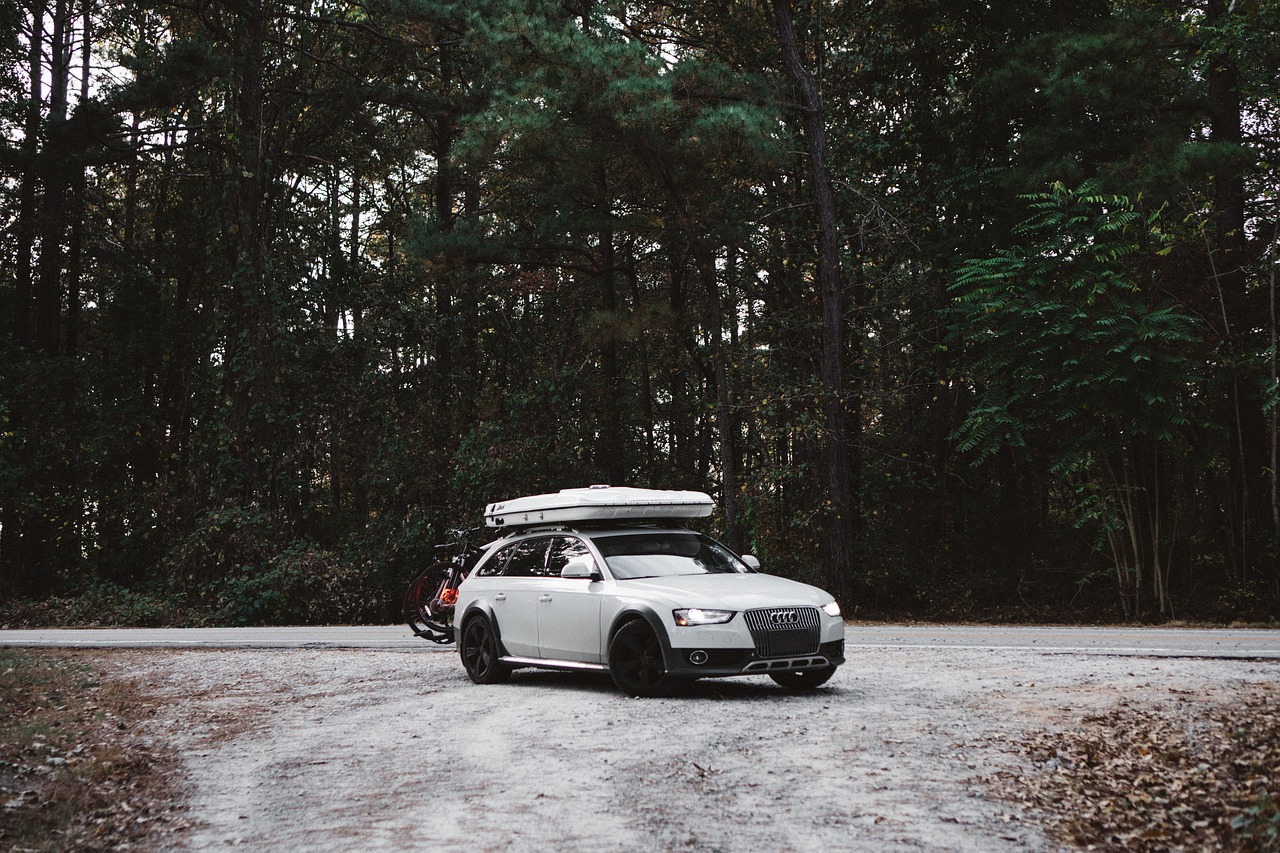How To Ensure Car Safety This Winter In 10 Simple Steps
As winter approaches, we all start bundling up in warm layers, donning hats and scarves, and preparing ourselves for the cold months ahead. But while many of us focus on our personal winter routines, it’s equally important to prepare our cars for the harsh conditions. Winter driving can be tricky and even dangerous, with icy roads, poor visibility, and freezing temperatures posing serious risks. Ensuring your car is winter ready not only keeps you safe but also helps prevent unnecessary breakdowns or accidents.
Here are 10 essential tips to keep your car in top shape and ensure your safety on the road this winter in partnership with Point S, a car tyre dealership who are located in the UK are the perfect go to if need to know which tyres are best for the Winter months.
How To Ensure Car Safety This Winter In 10 Simple Steps
1. Check Your Tyres
Tyres are your first line of defence against slippery, icy roads. Make sure your tyres have adequate tread depth (at least 3mm) to provide proper traction. Consider switching to winter tyres, which are designed to handle wet, icy, and snowy conditions better than regular tyres. Winter tyres offer improved grip, braking performance, and stability on slick surfaces. If you’re unsure which tyres are best, consult with a professional tyre service like Point S, where they can recommend the right set based on your car’s requirements.

2. Monitor Tyre Pressure
Cold weather can cause tyre pressure to drop, which affects handling and increases the risk of a blowout. Regularly check your tyre pressure and make sure it’s at the recommended level. Underinflated tyres reduce your car’s ability to grip the road, making it more difficult to control the vehicle in wet or icy conditions.
3. Top Up Antifreeze and Coolant
Your car’s engine relies on antifreeze to prevent freezing during cold temperatures. Ensure that your coolant levels are topped up and that the mixture contains the correct ratio of water to antifreeze (usually 50:50). This will help keep your engine running smoothly, even when the temperature drops below freezing.
4. Use Winter Grade Screen Wash
Visibility is so important during winter when fog, snow, and rain can obstruct your view. Regular screenwash may freeze in low temperatures, so switch to a winter-grade screen wash that contains antifreeze. This will prevent the liquid from freezing in the washer system and ensure you can keep your windscreen clear of dirt, ice, and snow.
5. Check Your Battery
Cold weather can take a toll on your car’s battery, especially if it’s old or weak. Batteries lose power in cold temperatures, making it harder for your car to start. Have your battery tested before winter sets in, and replace it if necessary. If your battery is more than three years old, it might be time to consider a new one to avoid being stranded with a dead battery.
6. Inspect Your Wiper Blades
Wiper blades take a beating during winter months, clearing away rain, snow, and ice. Ensure that your wipers are in good condition and replace them if they’re worn out. Consider winter wiper blades, which are designed to handle heavy snow and ice buildup. Always make sure to clear snow and ice from your windscreen manually before using your wipers to avoid damaging them.
7. Prepare an Emergency Kit
Winter driving can be unpredictable, so it’s important to be prepared in case of an emergency. Keep a winter emergency kit in your car, which should include items like a blanket, flashlight, spare batteries, first aid kit, ice scraper, snow shovel, jump leads, and extra warm clothing. It’s also a good idea to carry some snacks and water, just in case you get stranded for an extended period.

8. Check Your Brakes
Brakes are crucial for your safety, especially in winter when stopping distances can increase on icy roads. Have your brakes inspected to ensure they’re in top condition. If you notice any squealing, grinding, or difficulty stopping, get them checked by a professional as soon as possible. Faulty brakes can be extremely dangerous in winter conditions.
9. Keep Your Fuel Tank Full
During winter, it’s best to keep your fuel tank at least half full. This reduces the risk of your fuel line freezing and ensures you won’t run out of fuel if you get stuck in traffic or are stranded in a remote area. Additionally, having enough fuel in your tank allows you to keep the car running (and the heater on) if you’re stuck for an extended period.

10. Plan Your Journey and Drive Safely
Winter driving requires extra caution. Always check the weather forecast before heading out and plan your journey accordingly. If possible, avoid driving in severe conditions like heavy snow, ice storms, or freezing rain. When on the road, drive slowly and increase the distance between you and the vehicle in front of you to allow for longer braking distances. Use your headlights to improve visibility, and if the conditions worsen, don’t hesitate to pull over in a safe location until it’s safe to continue.
Winter can be a beautiful season, but it also brings additional challenges for drivers. Preparing your car for the cold months ahead is essential for your safety and the safety of others on the road. By following these 10 tips, you can ensure your vehicle is ready to handle the winter conditions, giving you peace of mind while driving. Remember, it’s always better to be over-prepared than caught off guard when the weather takes a turn for the worse. Stay safe and enjoy the winter season!
Related Read;
Sponsored Post. All views are our own. Read more about disclosure here.







